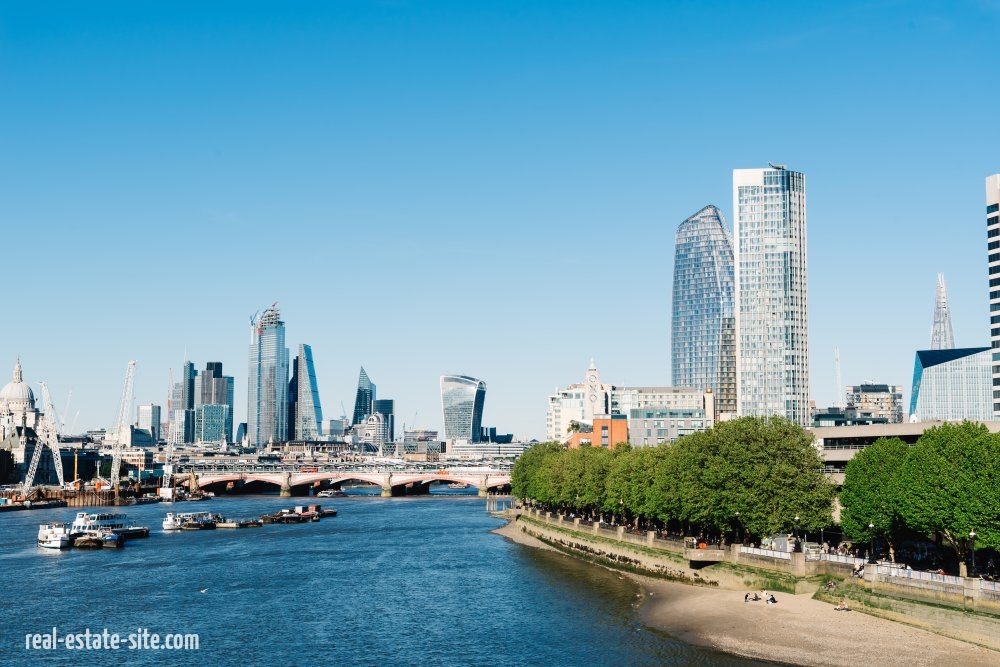London, the capital city of the United Kingdom, is renowned for its rich history, vibrant culture, and diverse economy. It is also one of the most dynamic and complex real estate markets in the world. The city’s property market is characterized by its high demand, significant investment opportunities, and a wide range of property types, from historic buildings to modern high-rise apartments. This article delves into the various aspects of real estate in London, providing a comprehensive overview for potential investors, residents, and anyone interested in understanding this unique market.
Historical Context and Evolution
The real estate market in London has evolved significantly over the centuries. Historically, the city’s property landscape was dominated by grand estates and mansions, particularly in areas such as Mayfair and Kensington. These properties were often owned by the British aristocracy and wealthy industrialists. The architectural styles ranged from Georgian and Victorian to Edwardian, each reflecting the period’s aesthetic and social values.
The post-World War II era marked a significant shift in London’s real estate market. The need for housing led to the development of large-scale residential projects and council estates. The 1980s and 1990s saw the deregulation of the financial markets, which transformed London into a global financial hub. This period also witnessed the redevelopment of areas like Canary Wharf, which became synonymous with modern, high-rise office buildings.
Current Market Trends
Today, London’s real estate market is incredibly diverse and dynamic. The city is divided into several distinct zones, each with its unique characteristics and property types. Central London, encompassing areas like Westminster, the City of London, and Chelsea, is known for its high property values and luxury real estate. Properties in these areas are often sought after by international investors and affluent buyers.
The outer zones of London, such as Zones 3 to 6, offer more affordable housing options and are popular among first-time buyers and families. These areas have seen significant regeneration projects in recent years, leading to improved infrastructure and amenities. The rise of remote working has also increased the demand for properties with more space and access to green areas, making suburban locations more attractive.
Investment Opportunities
London’s real estate market offers a plethora of investment opportunities. Residential properties remain a popular choice, with high demand for rental properties ensuring steady returns for buy-to-let investors. Prime locations, such as Knightsbridge and Belgravia, command premium prices, but they also offer substantial rental yields and long-term capital appreciation.
Commercial real estate in London is equally attractive, particularly in the financial districts. The City of London and Canary Wharf are home to numerous global corporations, ensuring a constant demand for office space. Despite the uncertainties brought about by the COVID-19 pandemic, the commercial property market has shown resilience, with many businesses adapting to hybrid working models that still require office presence.
Another emerging trend is the investment in mixed-use developments. These projects combine residential, commercial, and retail spaces, creating vibrant communities with everything residents and businesses need within close proximity. Areas like King’s Cross and Nine Elms have seen significant transformations through such developments, attracting both local and international investors.
Challenges and Considerations
Investing in London’s real estate market comes with its set of challenges. One of the primary concerns is the high property prices, which can be prohibitive for many buyers. The market’s competitiveness means that desirable properties often receive multiple offers, driving up prices even further.
Brexit has also introduced a level of uncertainty, particularly concerning regulations and the ease of doing business in the UK. However, London’s status as a global financial center and its strong economic fundamentals have helped maintain investor confidence.
Another critical factor is the regulatory environment. The UK government has introduced various measures to regulate the property market, including stamp duty surcharges for foreign buyers and additional taxes on second homes. Potential investors need to be aware of these regulations and factor them into their financial planning.
Future Outlook
The future of London’s real estate market looks promising, with several factors driving its growth. The city’s continued economic strength, coupled with significant infrastructure projects like the Crossrail, is expected to enhance connectivity and make more areas accessible and desirable for living and investment.
Sustainability is also becoming a key focus in London’s real estate market. Developers are increasingly incorporating green building practices and energy-efficient technologies into their projects. The demand for sustainable and environmentally friendly properties is rising, driven by both regulatory requirements and consumer preferences.
In conclusion, the real estate market in London is a complex and multifaceted landscape offering numerous opportunities and challenges. Its historical significance, coupled with its modern dynamism, makes it a unique market for investors and residents alike. Whether one is looking to buy a luxury apartment in the heart of the city or invest in a burgeoning suburban neighborhood, London’s real estate market promises growth, resilience, and a chance to be part of one of the world’s most iconic cities.

